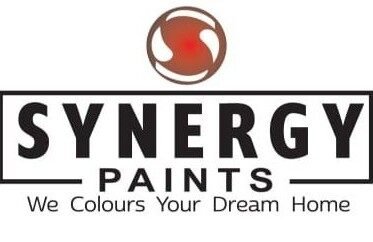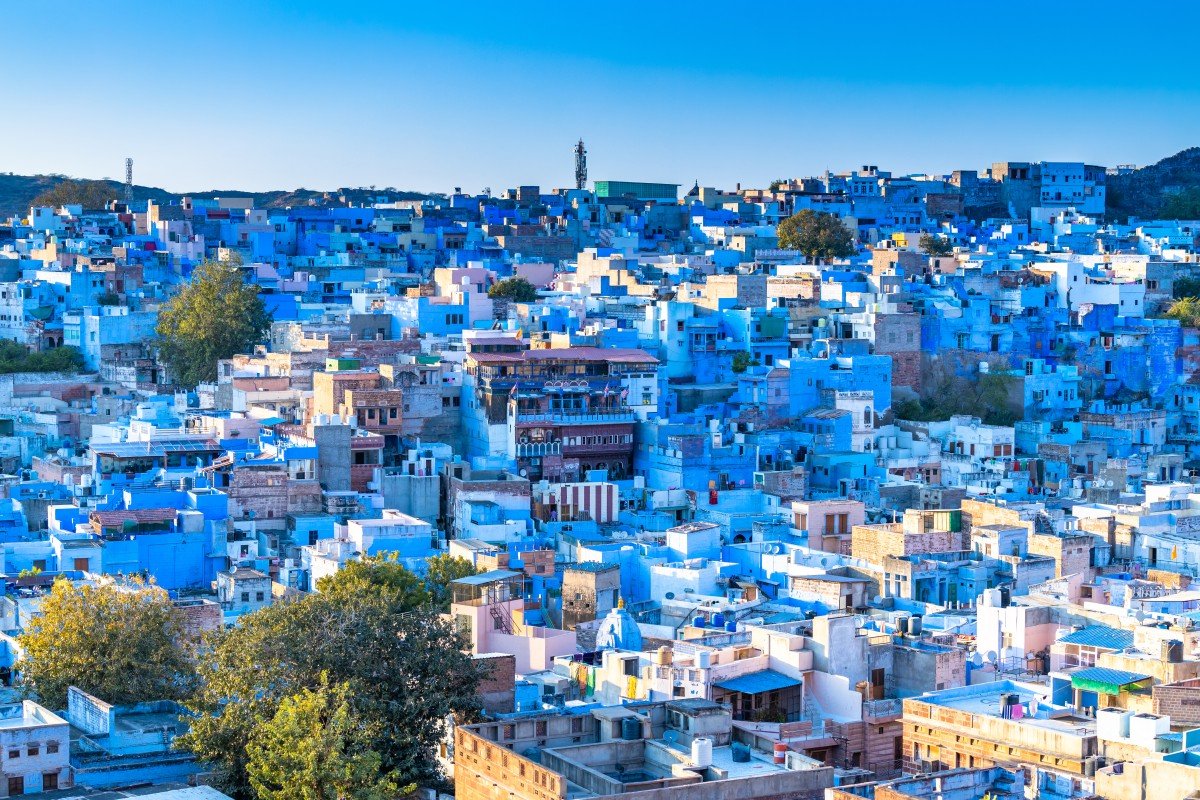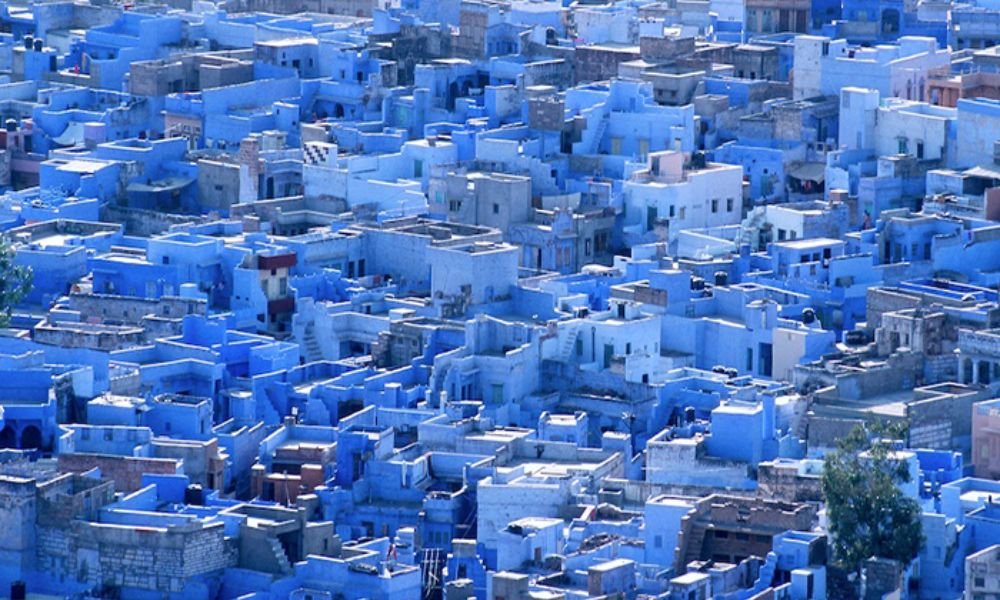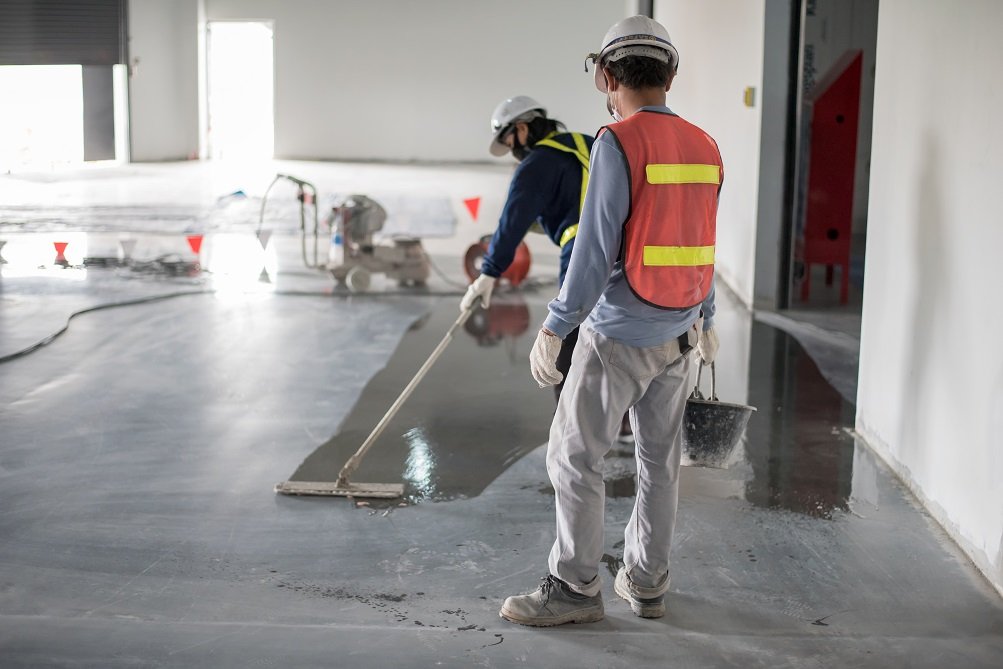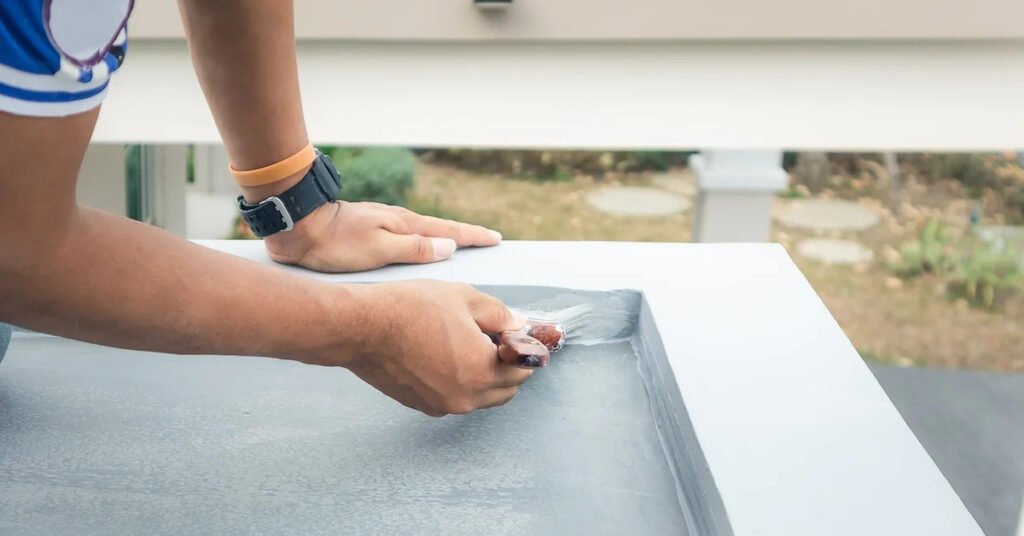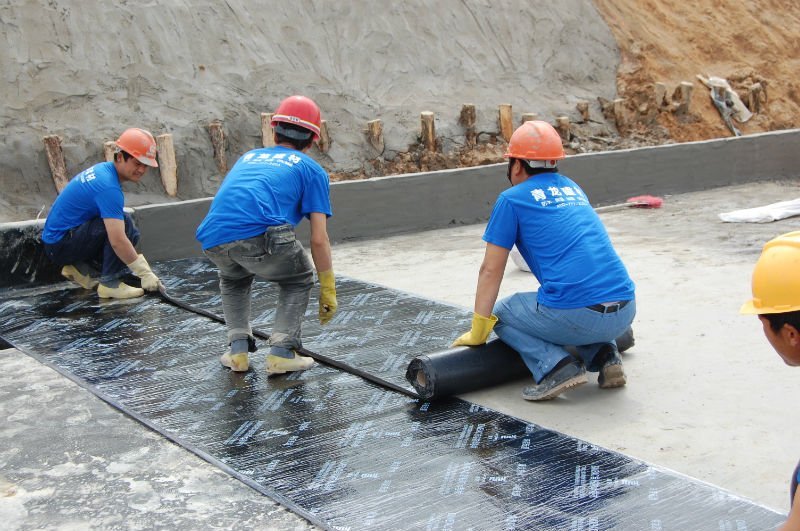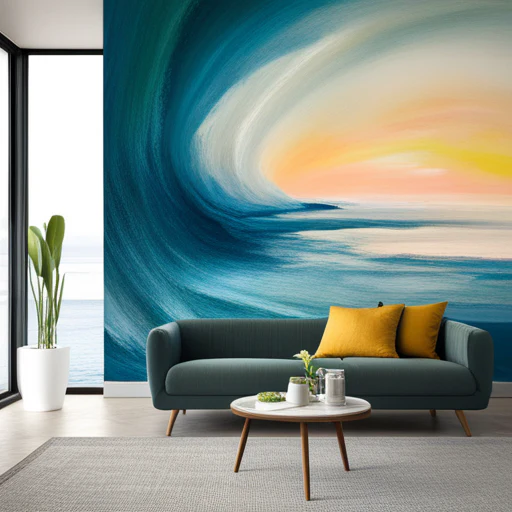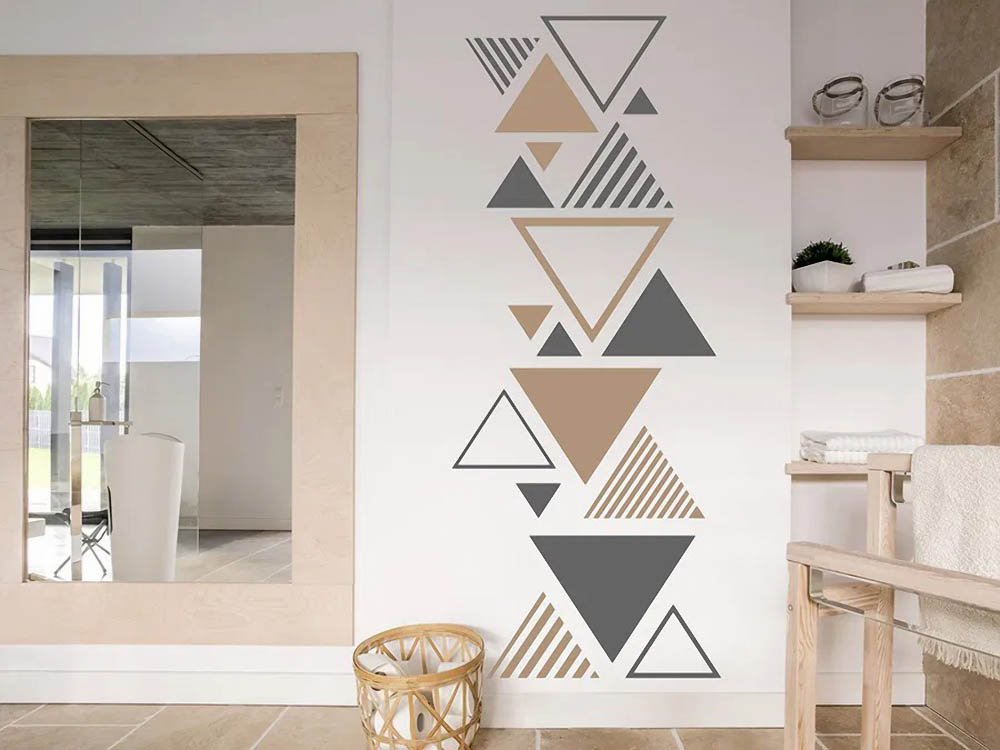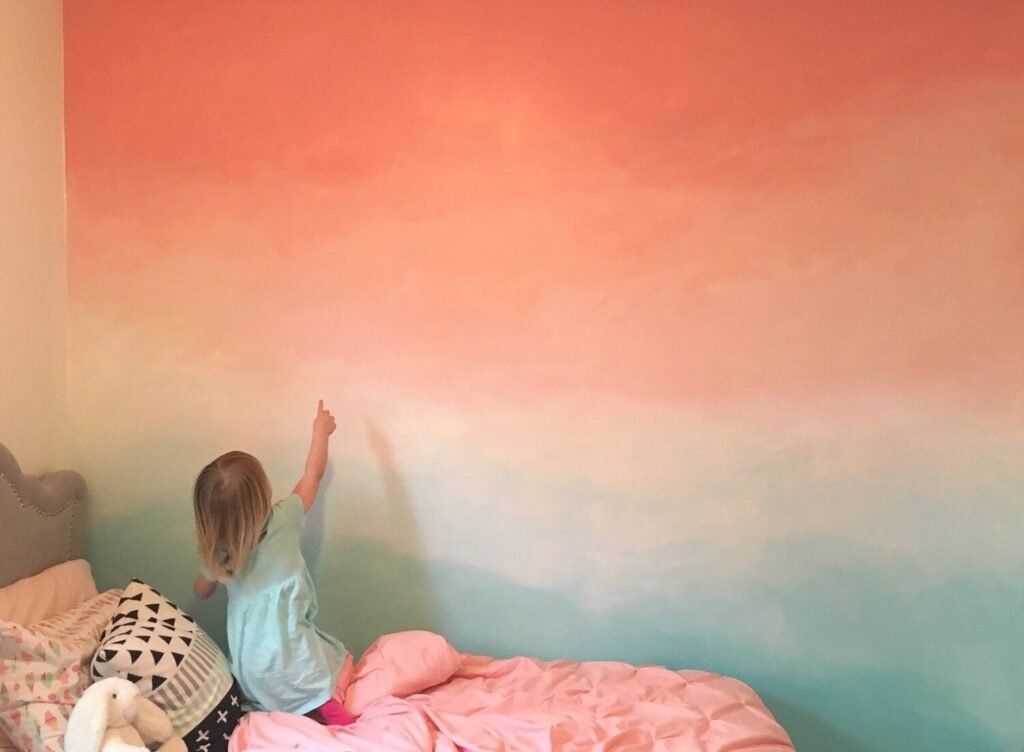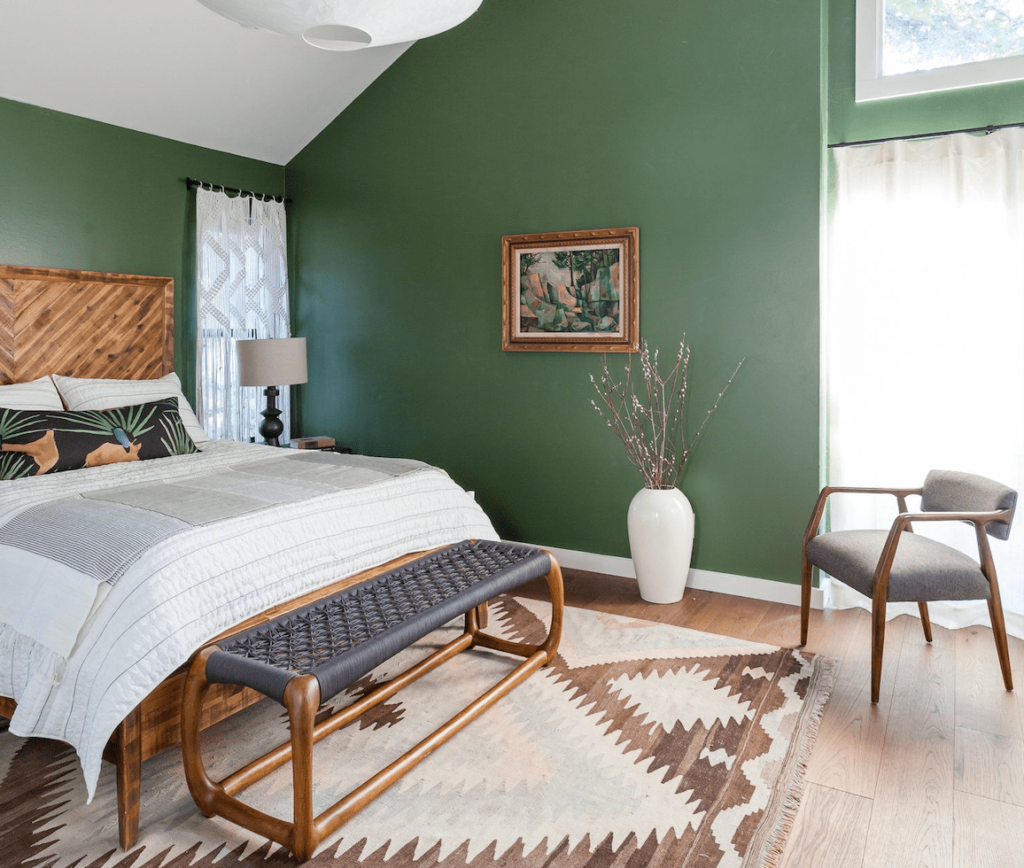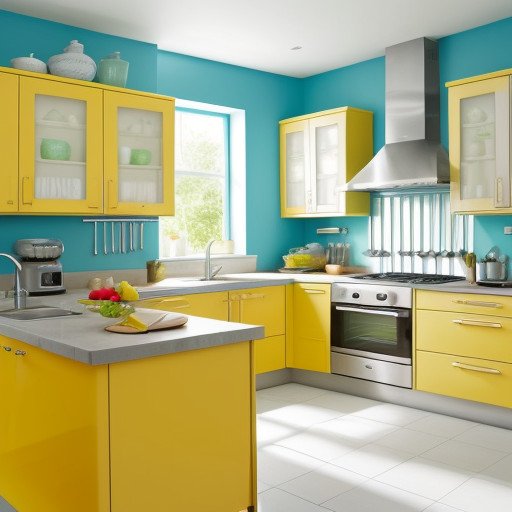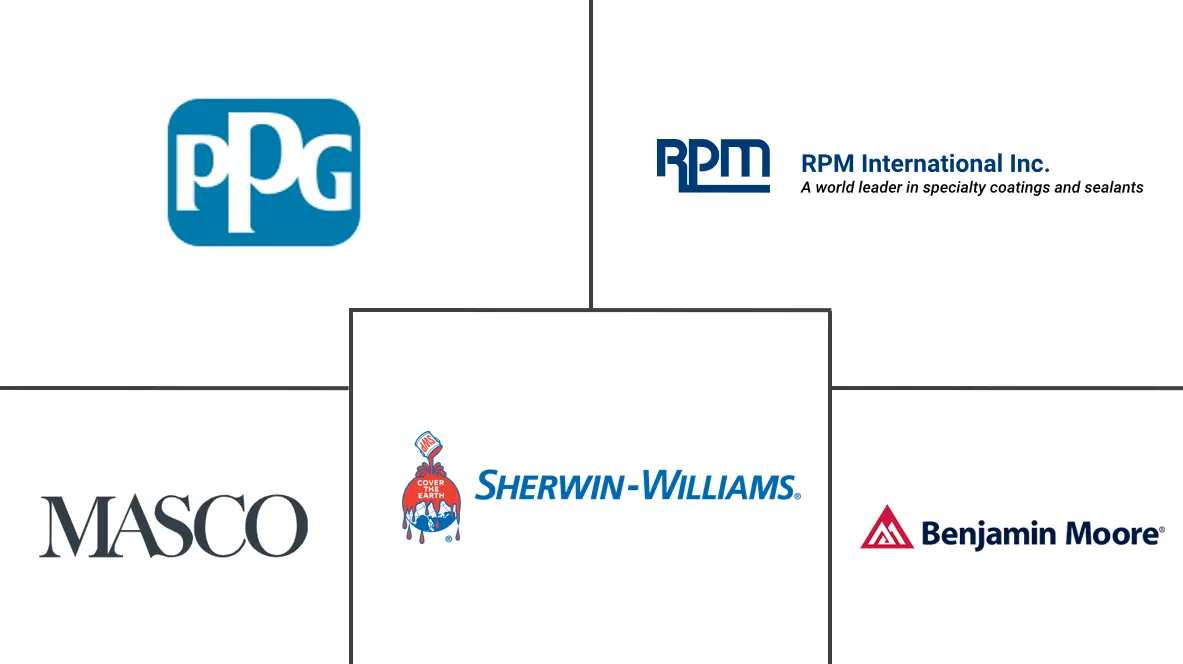Automotive paint plays a crucial role in both enhancing the aesthetic appeal and protecting the surface of vehicles. Whether you're looking to repair minor scratches, give your car a fresh coat of paint, or embark on a custom paint job, understanding the types of automotive paints available and where to find them is essential. This comprehensive guide explores everything you need to know about these paints, from its types and applications to where to source it in the USA.
Table of Contents
Understanding Automotive Paint
These paint serves dual purposes: it enhances the visual appeal of vehicles while providing a protective layer against environmental elements such as UV rays, rust, and corrosion. Modern paints are formulated to be durable, weather-resistant, and capable of maintaining a smooth finish even under harsh conditions.
Types of Automotive Paint
- Basecoat: The basecoat is the colored layer of paint that provides the vehicle's color and appearance. It is applied over a primer and under a clearcoat. Basecoats can be solvent-based or water-based, with water-based options becoming increasingly popular due to environmental regulations and health considerations.
- Clearcoat: Clearcoat is a transparent layer applied over the basecoat to provide glossiness and protection. It enhances the depth of color, provides UV protection, and adds durability by shielding the basecoat from scratches and fading.
- Primer: Automotive primer is applied to prepare the vehicle's surface for paint. It promotes adhesion between the surface and the paint layers, helps to smooth out imperfections, and provides additional corrosion resistance.
- Single-stage Paint: This type of paint combines the color and protective layers into a single application. While less common in modern automotive finishes, single-stage paints are still used for specific applications where simplicity and cost-effectiveness are priorities.
- Custom Paint: Custom automotive paints include metallics, pearls, candies, and other specialty finishes. These paints allow vehicle owners to create unique color effects and personalized designs to suit their preferences.
Applications of Automotive Paint
This paint is used for various purposes across different segments of the automotive industry:
- Collision Repair: Repairing scratches, dents, and damages incurred from accidents to restore the vehicle's original appearance.
- Restoration Projects: Repainting classic cars, vintage vehicles, or antique automobiles to preserve their historical significance and aesthetic appeal.
- Customization: Applying unique colors, graphics, or designs to personalize vehicles and reflect individual style preferences or corporate branding.
Finding Automotive Paint Supplies
When undertaking projects in the USA, it's essential to have access to high-quality supplies and reliable services. Here are key resources and considerations for sourcing this paint:
- Paint Shops: Local paint shops specialize in providing a wide range of paints, primers, clearcoats, and related products. They offer expertise in color matching, product selection, and application techniques tailored to your specific needs.
- Online Retailers: Numerous online stores cater to automotive enthusiasts, offering a vast selection of automotive paints and supplies. These platforms provide convenience, competitive pricing, and nationwide shipping options for customers across the USA.
- Automotive Supply Stores: National chains and independent retailers that specialize in automotive supplies stock a variety of paints, primers, and accessories. They often provide tools, equipment, and expert advice to support DIY projects and professional automotive services.
- Specialty Suppliers: Specialty stores focus on niche products such as custom paints, specialty finishes, and restoration supplies. They cater to enthusiasts and professionals seeking unique colors and high-performance coatings for automotive applications.
Choosing the Right Paint
Selecting the appropriate paint involves considering several factors to ensure optimal results and long-term satisfaction:
- Color Match: Ensure the paint color matches your vehicle's existing color or desired custom color precisely. Professional color matching services are available at automotive paint shops to achieve accurate results.
- Durability and Protection: Choose automotive paints that offer UV protection, resistance to chips, scratches, and environmental damage. High-quality paints with durable clearcoats enhance the longevity and appearance of the vehicle's finish.
- Application Method: Decide on the preferred application method based on the scope of the project and desired finish quality. Options include aerosol cans, spray guns, and professional spray booths for achieving professional-grade results.
Tips for Using Automotive Paint
To achieve professional-quality results when using this paint, follow these essential tips and best practices:
- Surface Preparation: Properly clean, sand, and prime the vehicle's surface to ensure optimal paint adhesion and a smooth finish. Address any imperfections or damages before applying paint to achieve a flawless result.
- Environmental Conditions: Paint in a controlled environment with suitable temperature and humidity levels to prevent defects such as runs, sags, or orange peel texture. Follow manufacturer recommendations for ideal painting conditions and drying times.
- Layering and Application: Apply thin, even coats of paint to build up the desired color intensity and coverage. Allow adequate drying time between coats to ensure proper curing and avoid potential issues with paint adhesion or finish quality.
Automotive Paint Supplies Near You
For individuals seeking "automotive paint shops near me" in the USA, consider exploring these options to find reputable suppliers and services:
- Local Shops: Visit nearby automotive paint shops for personalized service, expert advice, and a wide selection of automotive paints and supplies.
- Online Retailers: Explore online platforms such as Amazon, eBay Motors, and dedicated automotive paint websites for comprehensive product offerings, customer reviews, and convenient shopping experiences with delivery options across the USA.
- Automotive Supply Stores: National chains like AutoZone, Advance Auto Parts, and O'Reilly Auto Parts provide access to automotive paints, primers, clearcoats, and accessories at their local stores and online platforms.
The Future of Automotive Paint
As automotive technology advances, the future of these paints continues to evolve with innovations in sustainability, eco-friendly formulations, and advanced coating technologies. Manufacturers are increasingly focused on developing paints that meet stringent environmental regulations while enhancing performance, durability, and aesthetic appeal.
Conclusion
In conclusion, automotive paint plays a pivotal role in maintaining, customizing, and protecting vehicles throughout the USA. Whether you're restoring a classic car, repairing collision damage, or adding a personalized touch to your vehicle, choosing the right paint and supplies is essential for achieving exceptional results. By understanding the types of paints available, their applications, and where to source them, automotive enthusiasts and professionals can embark on projects with confidence and achieve lasting beauty and protection for their vehicles.
Explore local paint shops, online retailers, and expert resources to find the perfect products for your projects. Whether you're a DIY enthusiast or seeking professional automotive services, quality automotive paint ensures your vehicle not only looks great but also maintains its appearance and value over time.
For more information on this paint options, DIY tips, and professional services, visit reputable suppliers, and consult with experts who can provide guidance and support throughout your automotive painting journey.
This article is Written by Content Creators of Synergy Paints. Best Paint Manufacturing Company.

